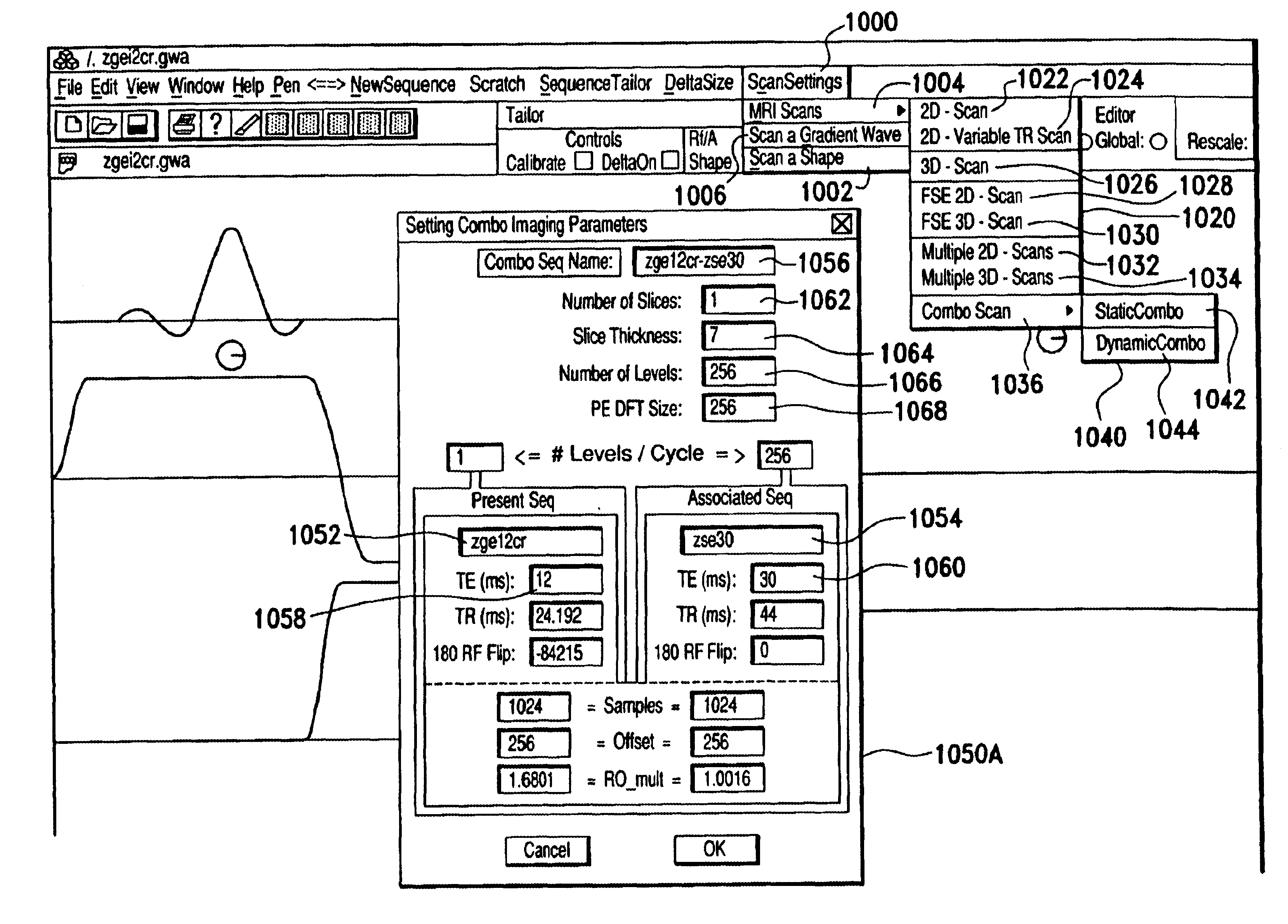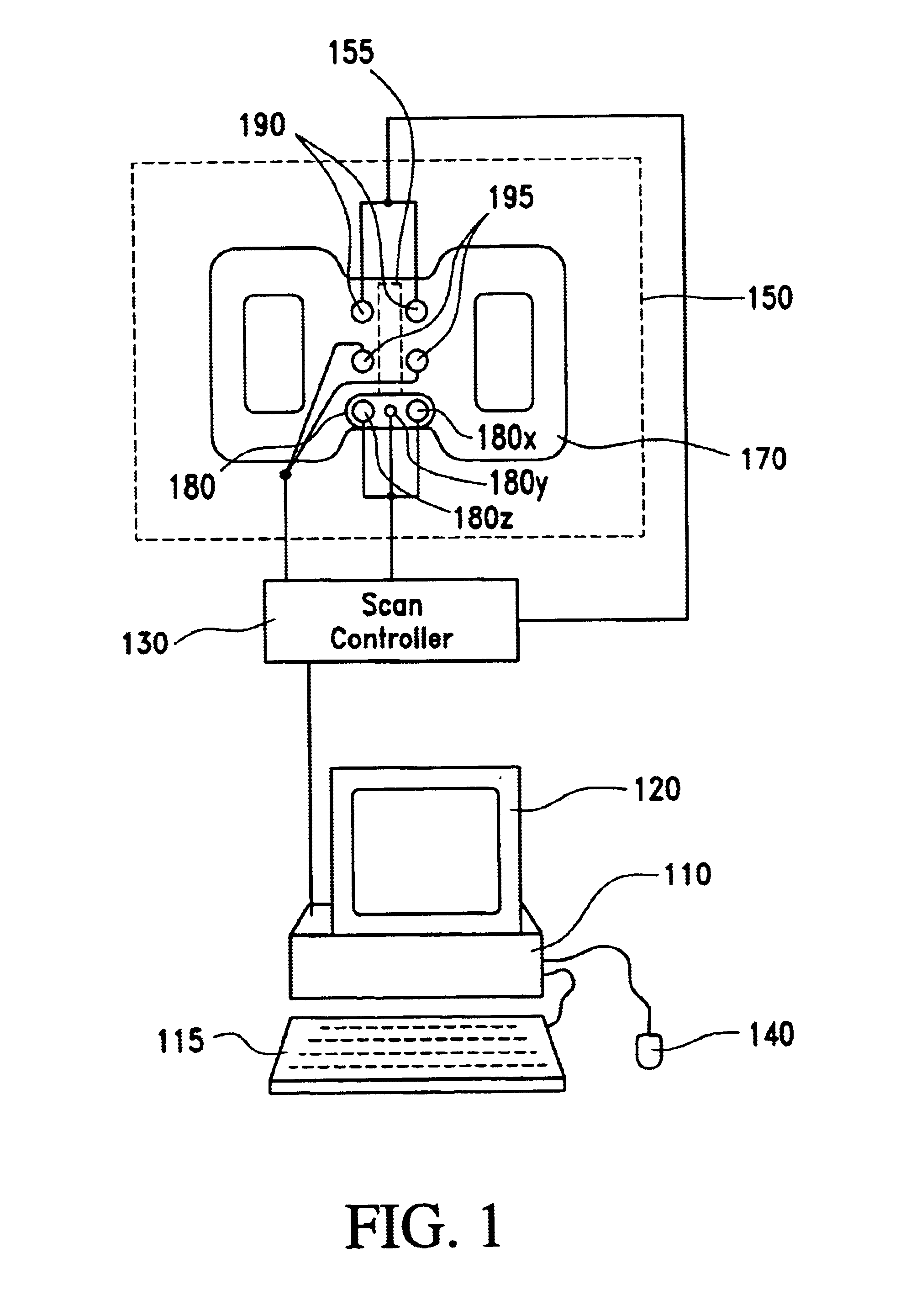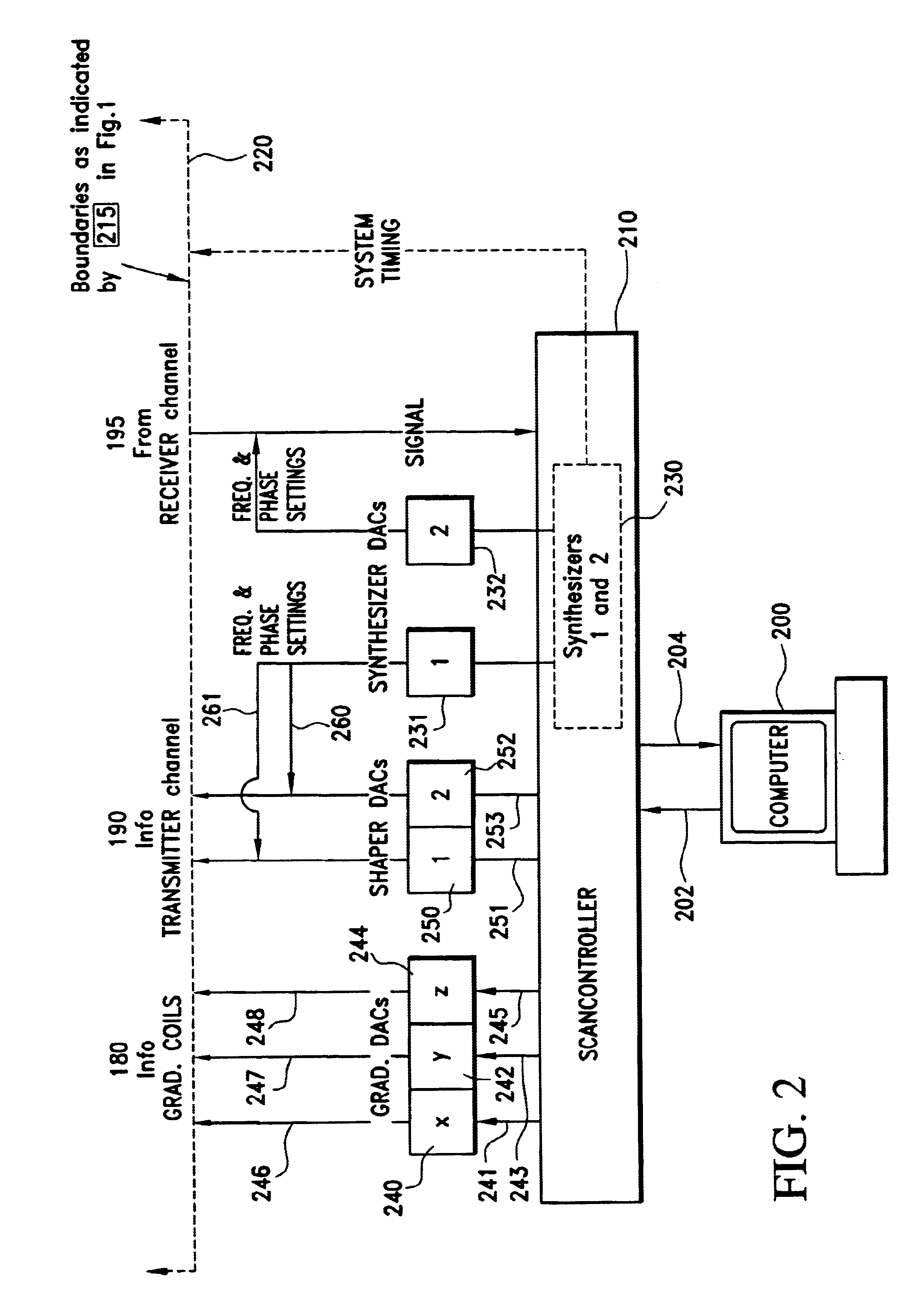Dynamic real-time magnetic resonance imaging sequence designer
a real-time magnetic resonance imaging and sequence designer technology, applied in the field of magnetic resonance imaging, can solve the problems of inability to accurately design sequences, inability to meet the needs of sequence designers, and inability to provide real-time communication in conventional systems
- Summary
- Abstract
- Description
- Claims
- Application Information
AI Technical Summary
Benefits of technology
Problems solved by technology
Method used
Image
Examples
Embodiment Construction
The numerous innovative teachings of the present application will be described with particular reference to the presently preferred exemplary embodiments. However, it should be understood that this class of embodiments provides only a few examples of the many advantageous uses of the innovative teachings herein. In general, statements made in the specification of the present application do not necessarily delimit any of the various claimed inventions. Moreover, some statements may apply to some inventive features but not to others.
As discussed hereinabove, current magnetic resonance (MR) imaging apparatuses may utilize a number of different pulse sequences. More particularly, MR images are obtained by using an appropriate sequence of specific RF pulses, signal (echo)-gathering times (TE) and sequence repetition times (TR). For example, dependent on the desired image emphasis, e.g., T1, T2, or proton density, specific sequence types can produce dramatically different imaging results....
PUM
 Login to View More
Login to View More Abstract
Description
Claims
Application Information
 Login to View More
Login to View More - R&D
- Intellectual Property
- Life Sciences
- Materials
- Tech Scout
- Unparalleled Data Quality
- Higher Quality Content
- 60% Fewer Hallucinations
Browse by: Latest US Patents, China's latest patents, Technical Efficacy Thesaurus, Application Domain, Technology Topic, Popular Technical Reports.
© 2025 PatSnap. All rights reserved.Legal|Privacy policy|Modern Slavery Act Transparency Statement|Sitemap|About US| Contact US: help@patsnap.com



